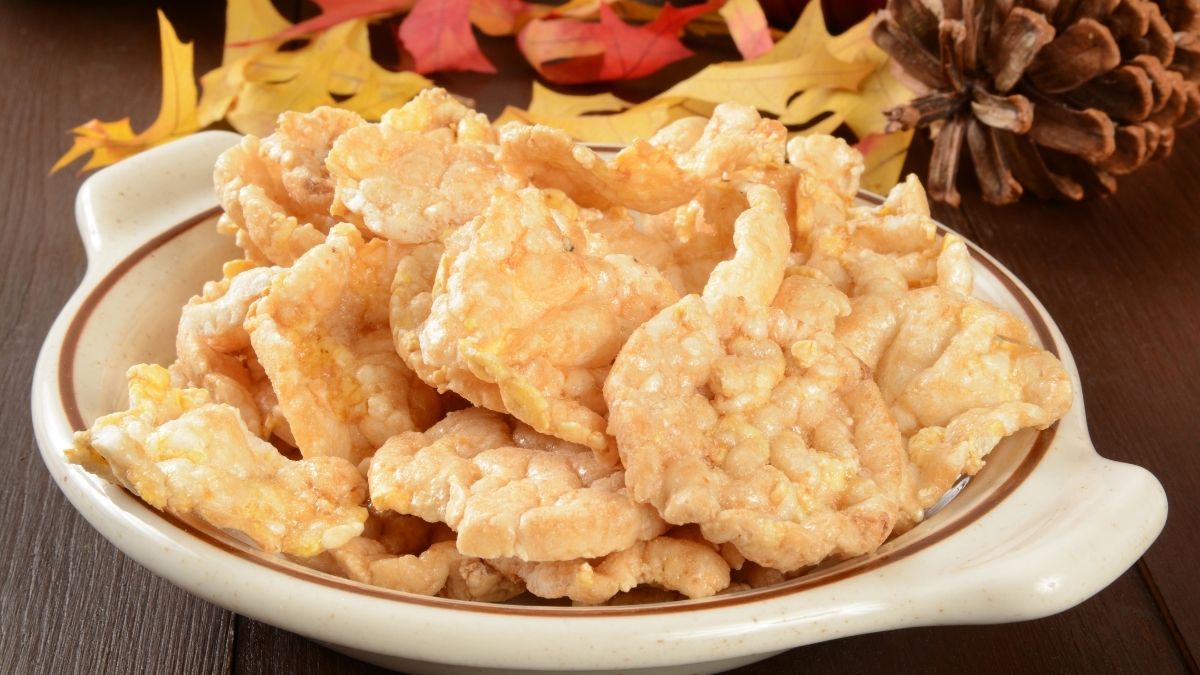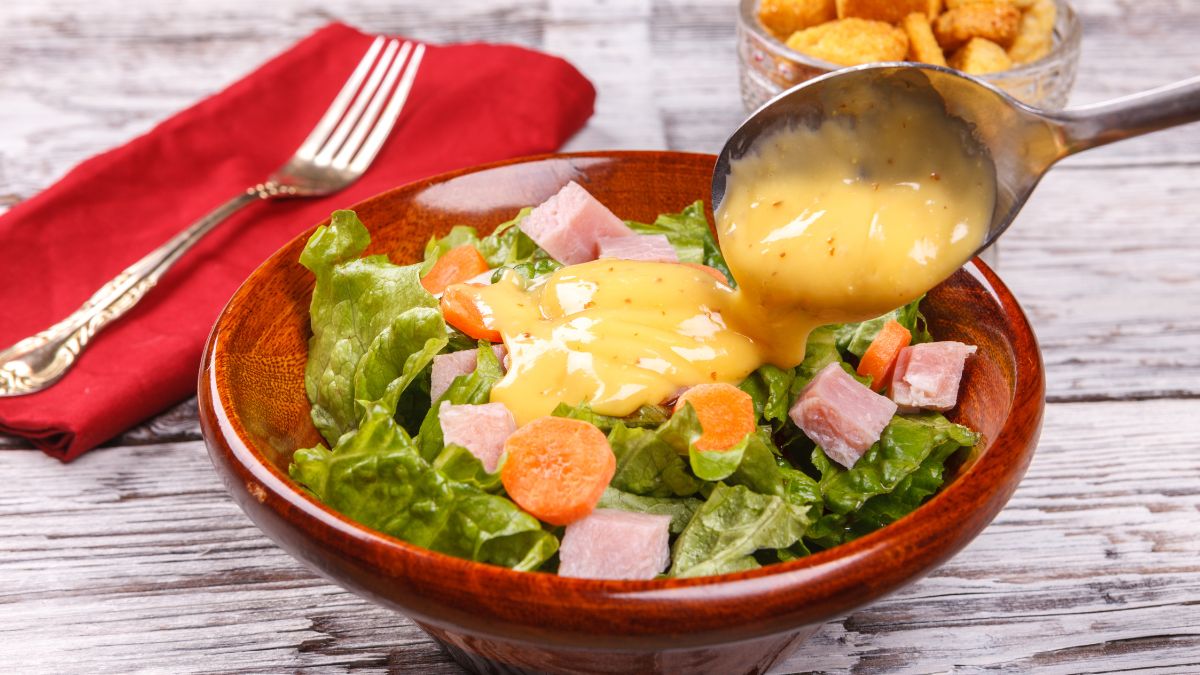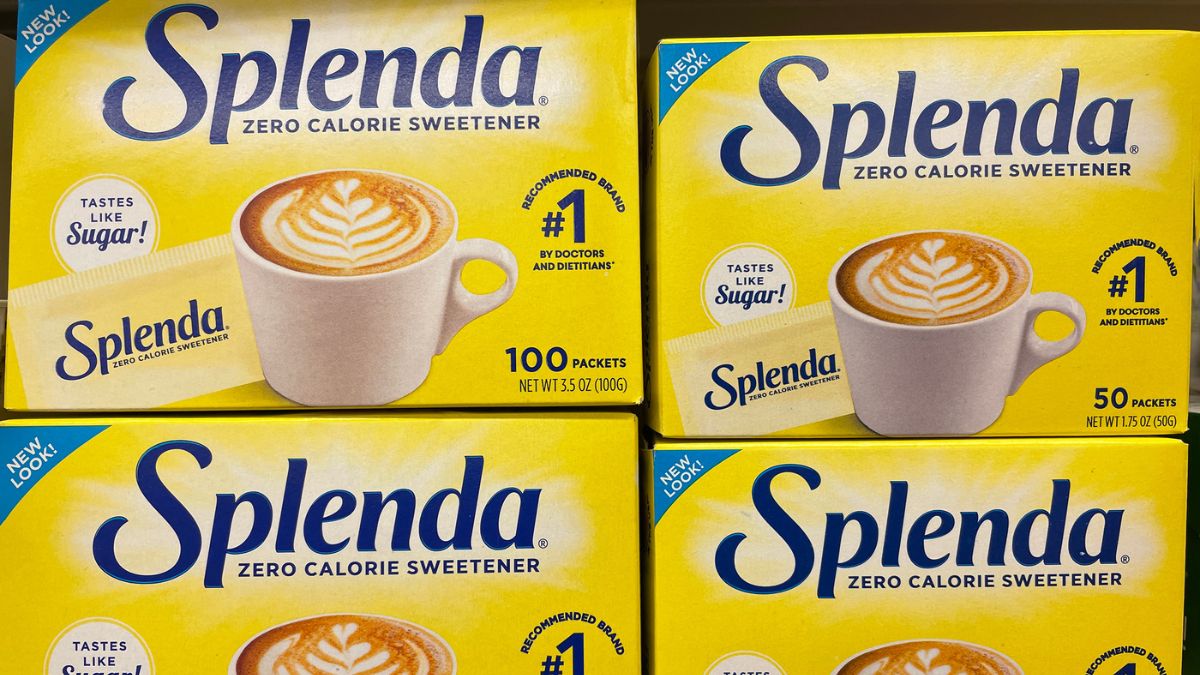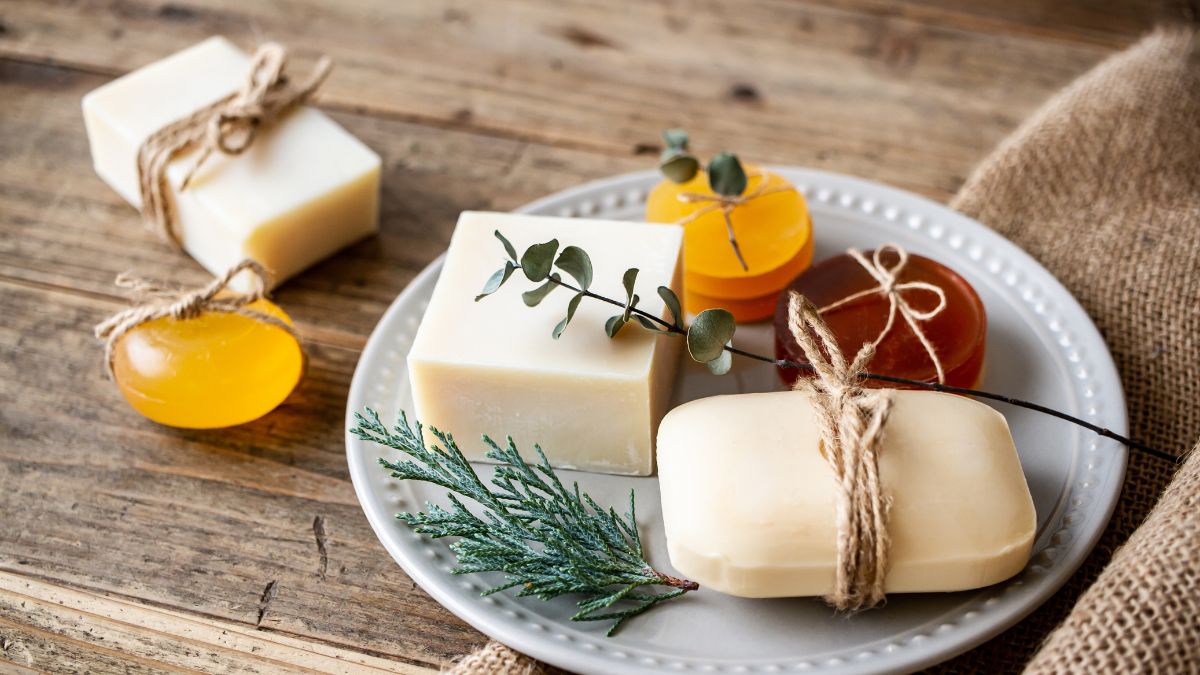Answer: Yes.

Quaker Oats rice cakes are quick biscuit snacks made from whole grain brown rice and baked to crispy, sweet perfection. They have eight flavors of rice cakes, each with designated colors for easy identification. Each pack contains 14 cakes, and each variant’s caloric values range from 35 to 60. More specifically, what we’d look at here would be their caramel corn rice cakes.
Quaker’s Caramel Corn Rice Cakes are vegan because they’re made with whole-grain brown rice, determined milled corn, sugar, fructose, maltodextrin, caramel color, natural flavor, salt, and soy lecithin. None of these comes from animals nor bear consequential effects on the environment.
Some Quaker rice cakes aren’t vegan; we’ll get to those shortly after. Rice cakes are also gluten-free, so don’t be confused when they’re called whole-grain; this only means that the entirety of the brown rice grain (except the outer hull) was used to manufacture the product.
Ingredients
Whole-Grain Brown Rice
Brown rice is well-known to be much healthier than white rice and has proven benefits for heart health, weight loss, and muscle growth. According to Healthline, brown rice is surprisingly nutritious despite its simplicity and has a plethora of uses.
Simply, whole-grain brown rice has its bran, germ, and endosperm, while white rice is processed brown rice with its bran and germ removed, of which the former is packed with essential nutrients, and the latter is fiber-rich. Brown rice takes longer to cook than white rice, while white rice has fewer nutritional benefits.
A cup of brown rice contains:
- Calories: 216
- Carbs: 44 g
- Fiber: 3.5 g
- Fat: 1.8 g
- Protein: 5 g
The minerals in brown rice, according to their recommended daily intake, are:
- Thiamin (B1): 12%
- Niacin (B3): 15%
- Pyridoxine (B6): 14%
- Pantothenic acid (B5): 6%
- Iron: 5%
- Magnesium: 21%
- Phosphorus: 16%
- Zinc: 8%
- Copper: 10%
- Manganese: 88%
- Selenium: 27%
Brown rice contains more of every nutritional aspect and mineral than white rice, including fat and carbs, but it’s still factually healthier because it keeps you full, contains more protein, and goes through less processing and artificial enrichment. Making it a more natural and organic version of white rice.
Brown rice is rich in manganese, an essential nutrient that supports healthy growth, development, and cellular homeostasis. This vital mineral plays a key role in bone formation, fat and carbohydrate metabolism, blood sugar control, and calcium absorption—benefits that white rice lacks due to its lower manganese content. If you’re exploring wholesome snack options like caramel rice cakes, you might wonder if they’re vegan-friendly; rest assured, many caramel rice cakes made in 2025 are plant-based, offering a delicious and nutritious treat that complements a balanced diet.
So with just a cup of brown rice, you can get 88% of your required daily manganese intake to reap its benefits. Of course, this is based on an average 2,000-calorie daily intake, but taking another cup of the good stuff will only do you better. You don’t even have to worry about its higher fat and carb content because the manganese would help you convert them into energy faster and more effectively anyway.
Since we’re talking about rice cakes, a cup of brown rice should equal about 4 or more biscuits to regain adequate nutrients and minerals.
Brown rice is also very good for those with high blood sugar as a low-sugar carbohydrate. The manganese in brown rice combined with calcium-rich food such as soy milk, tofu, edamame, leafy greens like spinach and kale, and almonds would be very beneficial for bone growth and recovery as they work together to improve the body’s ability to build and nurture strong bones.
Man, rice cakes served with a platter of almonds and soy milk sound good right now.
Degerminated Milled Corn
Degerminated milled corn is kind of the offset of whole-grain brown rice, this is because the oily germ and bran are removed from the milled corn, hence the term “degerminated.” This is natural for improving the shelf life of products made from milled corn, such as cornmeal.
When the germ and bran are removed from the corn, this completely eradicates moisture, allowing the ground corn to last longer in a dehydrated state. However, this results in the lack of nutrients of degerminated milled corn, which is why it can be enriched by FDA-approved nutrients: thiamine, niacin, riboflavin, and iron. So if you’re looking for a good cornmeal brand, you might want to look for enriched degerminated or simply enriched corn.
Despite the loss of nutrients in degerminated milled corn, it still has a good amount of iron that helps reduce the risk of anemia and high blood pressure.
Maltodextrin
Maltodextrin is a starchy powder used as a preservative in many packed foods, especially pastries and candies. According to Medical News Today, it’s also used to improve the flavor and thickness of products in some cases and can be consumed as a carbohydrate supplement for athletes.
The powdery substance usually comes from corn, potato, wheat, tapioca, or rice starches. This means that maltodextrin can either be gluten-free or not. Maltodextrin can be found in flour, meat substitutes, pastries, salad dressings, and soft drinks.
It barely has any nutritional value except that it provides a quick boost in energy due to being an easily-digestible carbohydrate, which is why athletes consume it via supplements or energy drinks.
Caramel Color
The caramel color listed in the ingredients isn’t an actual ingredient but rather the result of the sugar-browning due to caramelization which gives the biscuit its distinctive caramel flavor and coloring.
A basic caramel recipe is made with sugar, butter, and cream, but since Quaker Oats does not specify any dairy allergens otherwise, the caramel color produced in their Caramel Corn Rice Cakes is wholly made from sugar. Butter and cream are only used to make a thicker caramel blend for making caramel-based candies.
The browning in caramel is unrelated to the Maillard reaction, which requires amino acids (protein leftovers of meat products) to produce a new texture, taste, and aroma. Caramelization simply requires sugars and heat to start the reaction.
Since the rice cakes’ caramel coating is thin and tastes completely like sugar, the caramelization only calls for sugar, fructose, water, and heat.
Soy Lecithin
Soy lecithin is a common additive in packed goods. It’s added as an emulsifier, antioxidant, and flavor preservative.
Soy lecithin may be tagged as a preservative, but this doesn’t mean it’s generally unhealthy. Rather, a few sources point out that soy lecithin may be good for lowering LDL cholesterol. It’s not considered a soy allergen because most triggering chemicals have been removed in manufacturing. Finally, soy lecithin is rich in choline, an essential nutrient that helps prevent organ dysfunction, fatty liver, and severe muscle damage caused by choline deficiency.
If you have a very bad case of soy allergy, then you may refrain from soy lecithin.
Other Vegan Rice Cakes
Quaker’s Caramel Corn Rice Cakes aren’t the only ones available and palatable for the vegan diet. They also have other vegan-friendly varieties such as:
- Lightly Salted. Made with a pinch of salt, gluten-free, and contains 9 g of whole grain brown rice. Gives 35 calories per serving, 15 mg sodium, which is 1% of the recommended daily intake, and no fat and sugars.
- Salt-Free. Mainly carbohydrates with 0 salt, sugar, and fat. Contains less than 1 g of protein and 30 mg of potassium. Gives 35 calories per biscuit and is made purely from whole-grain brown rice.
- Apple Cinnamon. Gluten-free and contains 9 g of whole grain. It’s known to be their sweetest variant with 50 calories per biscuit, no fat, 11 g carb including 3 g added sugars, and soy lecithin.
Their non-vegan flavors are:
- Chocolate
- White Cheddar
- Butter Popcorn
Conclusion
Caramel Corn Rice Cakes from Quaker Oats are vegan-friendly, dairy-free, and gluten-free. Rice and corn are already void of gluten, while maltodextrin may not always be.
According to the FDA guide for food labeling, brands are free to designate their products as gluten-free if either they don’t use a gluten-containing ingredient such as wheat or if the presence of unavoidable gluten in the product is below 20 ppm or 20 mg per kg of food. The ratio between mg and kg is 1000000:1; that’s 0.00002 kg gluten in 1 kg of food, or 0.02 g/kg of food. That’s an incredibly small fraction.
So even if the maltodextrin in the rice cakes does contain gluten, it may be just below that threshold. This simply means that the rice cakes are essentially gluten-free.
You can also DIY rice cakes, and I’m sure there are many recipes out there; you just have to find the one that suits you. Since rice cakes are generally vegan-friendly without any added milk butter, cream, cheese, or chocolate flavorings, you can easily make your own by experimenting with other flavors like mint, strawberry puree, almonds, or banana bits. Always enjoy what you eat, and eat what you enjoy!




